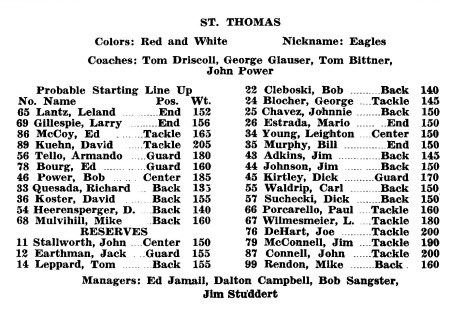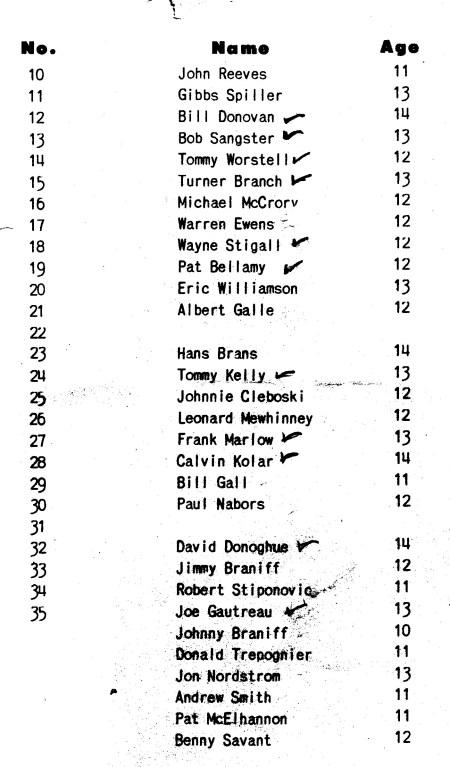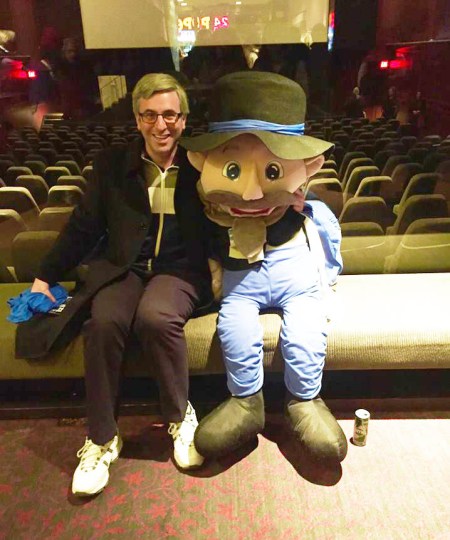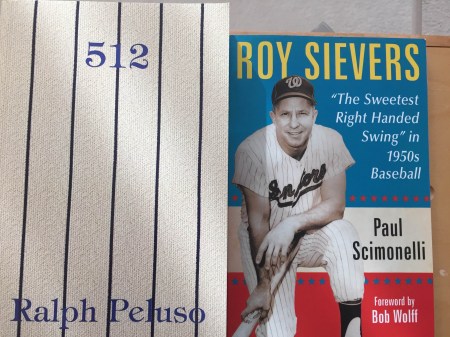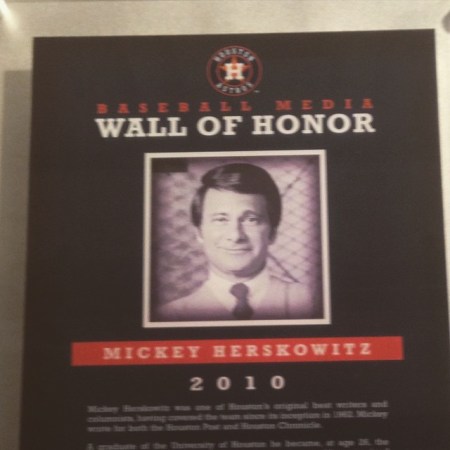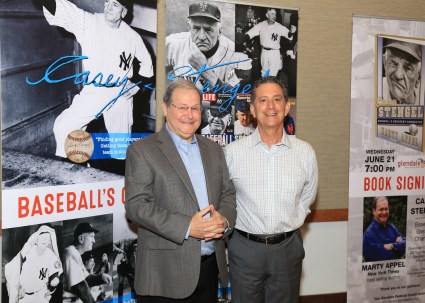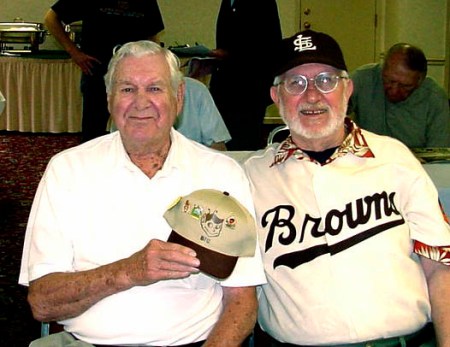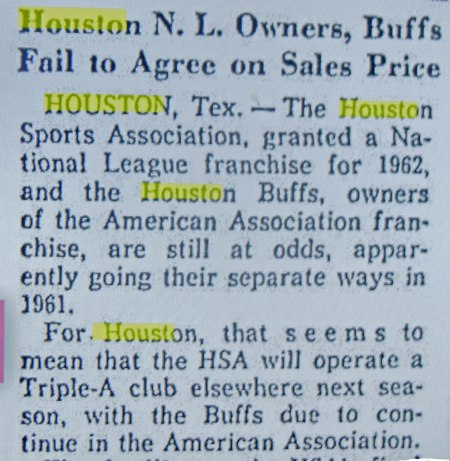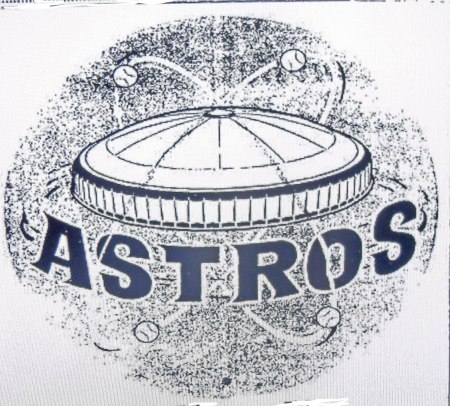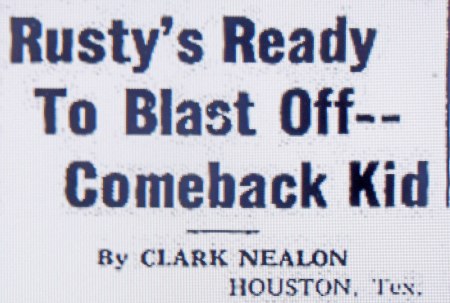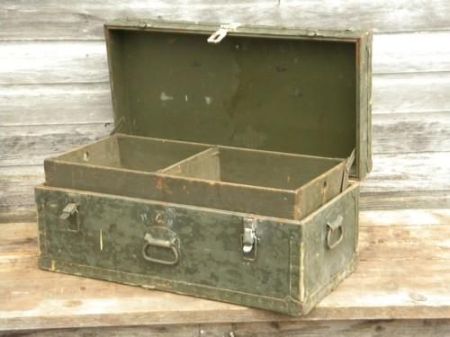
0ld keepsake boxes in the attic do have their little stories to tell, if we once in a lifetime of rainy Saturdays decide to let them out to speak about what we treasured at earlier points in our lives..
Rob Sangster, old friend, former writer colleague on the 1955-56 Eagle senior class writing staff at St. Thomas HS did one of those rare rainy Saturday searches recently when he opened the lid on his kid memories of Houston Buffs baseball and Houston schoolboy football during the 1950s. The following is a sample of what Rob has found, so far.
So why does the card read “Bob” Sangster and not “Rob” Sangster? ~ Changes over time and personal choice is my best answer. Bob Sangster and I left St. Thomas as 1956 graduates. He stood about 5’10” when he went to Stanford that fall. Years later, he left Stanford with an undergraduate degree and then added a Stanford law degree to his cool academic resume. By this time, he was 6’4″ inches tall and was now shortening his formal first name “Robert” to Rob.
Many of us have made comparable brand narrative variant identity name changes in our legal identities as we have “matured” in our early years. My formal first name is William, of course, but, thanks to my parents, I was “Billy” from birth through the 8th grade. Once I moved up to the 9th grade at St.Thomas (Houston), I introduced myself to new people as “Bill” and I insisted that even my old “Billy” chums start calling me “Bill” as well. Most complied ~ at least to my face. ~ How many Bills, Johns, Teds, and how many other people, male and female, have gone through similar kinds of street name identity adjustments as adolescents? The historic count has to be way up there in the millions is my guess.
The main thing here (for kids about 7 to 17) is that possessing that Knot Hole Gang Card got you into the Houston Buff games for two-bits (a quarter). We had to sit together in the Knothole Gang section down the far left field line. That restriction kept most of the older kids from coming. Even then it wasn’t cool for older teenagers to be hanging out with us younger goofballs.
For those of us who loved the Texas League Buffs, we Knot Hole Gang members caught the break of our stands being located directly in front of the Houston Buffs clubhouse. Getting a wave of the hand or a shouted “thanks for being here for us” from one of the players was enough to boost our spirits for days.
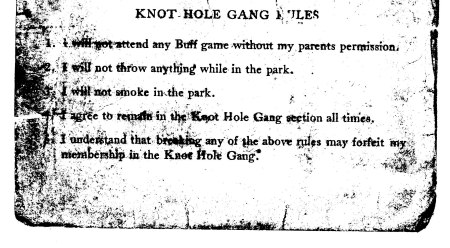
KNOT HOLE GANG RULES
1. I will not attend any Buff game without my parents (sic) permission.
2. I will not throw anything while in the park.
3. I will not smoke in the park.
4. I agree to remain in the Knot Hole Gang section (at) all times.
5. I agree that breaking any of the above rules may forfeit my membership in the Knothole Gang.

Knot Hole Gangsters used any kind of paper they could find to collect their pencil-driven autographs whenever the opportunity presented itself. We doubt that Rob Sangster knows all the recognizable names presented here, but the point is ~after 66 years, he’s still got ’em!
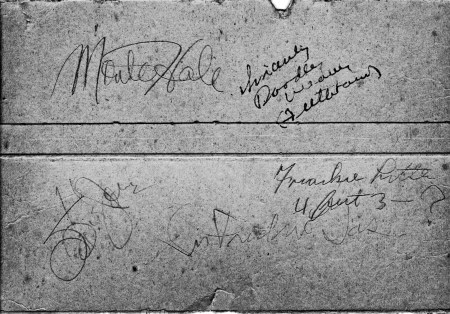
Here’s a more focused look at the top of the previous Sangster autograph paper. Don’t ask me who they are?! ~ I’m growing blinder by the day.
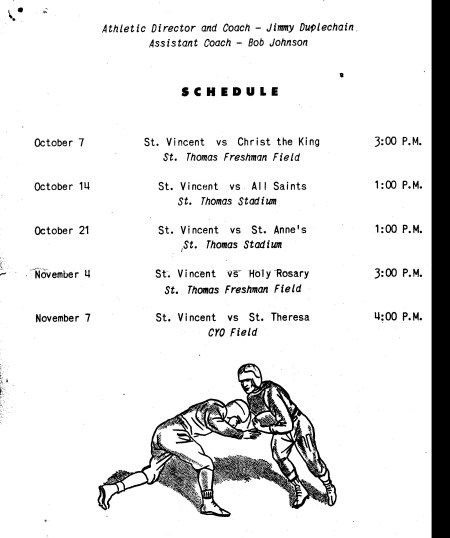
We believe this to be a copy of Bob/Rob Sangster’s “last hurrah” as an actual football player for any football team. He must have been a 13-year old 8th grader at Vincent Catholic School in Houston in 1951.
Bob/Rob Sangster always demonstrated a knack for logically predicting the consequences of his actions upon his future career and making adjustments accordingly. This talent has served him well through his adult life, but in the St. Vincent case, his 95 pound weight as a 13-year old lineman obviously helped him foresee that college football or the NFL were not his likely soul-seering destinies.
Thanks, Rob, for sharing these few treasured relics of your own early path search. They are all beautiful.
About Rob Sangster
The whole picture of this man already is served up well at https://www.amazon.com/Rob-Sangster/e/B006ZN9KTS
Rob has lived the kind of life that many of us only have dreamed about ~ as shone in this italicized Amazon.com quote:
Chased by a Cape Buffalo in Botswana and then by a corrupt governor in Tennessee. Abducted by a black market money changer in Mombasa. Spent one New Years Eve in Paradise Bay, Antarctica; another in the Himalayas. And throw in swimming with Humpback whales, spending the night on top of a Mayan temple in Tikal, Guatemala, and traveling in seven continents and more than 100 countries – all of which were more important to him than earning the last possible dollar. And that attitude led inevitably to . . . becoming a writer.
Rob’s first novel, Ground Truth, will soon be followed by an adventure with a wildly different plot featuring three of the same key players. Now living half of each year on the coast of Nova Scotia, his curiosity about the far corners of the world remains undiminished, but he’s hooked on fiction.
Publications:
– Traveler’s Tool Kit: How to Travel Absolutely Anywhere, was a Book-of-the-Month Club selection.
– Traveler’s Tool Kit: Mexico & Central America (2008) won a national award.
– He wrote a weekly newspaper column titled On the Road Again and delivered weekly essays on public radio. He’s written regularly for various national travel-related publications and was Travel Editor for GORP, a large adventure travel web site (gorp.com).
**********
{Publications Update, April 2019}: Rob Sangster has now written and published thee books in the Jack Strider action/adventure series, each moving deeper into character and mired into fast-grabbing action and great layered plot. The series includes Ground Truth, Deep Time, and No Return. These works hold their own easily with the likes of John Grisham and Tom Clancy in all ways.
**********
Education: BA from Stanford University, MA at the UCLA School of Architecture and Urban Planning, and JD from Stanford Law School. Admitted to practice in California and before the Supreme Court of the United States.
Work: Disguised in a three-piece suit, he practiced law for a several years and then administered national subsidized housing programs from Washington, DC. He returned to the private sector to develop multi-family and single-family housing for lower-income persons.
As sidelines, he also operated three restaurants, started a non-profit foundation that donated equipment to disinfect contaminated water in less-developed countries, and took 30,000 photographs.
**********
One day in our senior Latin class at St. Thomas, I noticed that my buddy “Bob” Sangster, sitting next to me, seemed to be working way too much on taking notes in a class in which he hardly ever wrote anything down. When he finished, Ron sat back and left the scribbled page open for all who cared to read what he had been creating. It was a fancy-lettered four word phrase:
“Chairman of the Bored”
Something tells me that Rob Sangster hasn’t been bored for long in a very long time. If he has been bored at all, which I’m certain he has, he’s found a quick solution for it in the wonders that surround him in this world and in the company of his beautiful mind.
Married to fellow writer Lisa Turner, the couple splits the year living in their two homes in Memphis and Nova Scotia. All you have to do to confirm that Lisa brings her own light to this party of life is talk with her for a while. And how sweet it is too ~ in Rob’s case ~ that surviving evidence of his passion acquirements all start with a 1953 Knothole Gang Membership Card and a few faded paper scrap baseball wannabe player autographs that Rob/ne:Bob Sangster never threw away.
Baseball ~ as it always has been ~ and, hopefully, always will be ~ is one of the great inspirations to cultures that embrace the game’s legacy to all of us on so many levels of what’s good about life.
******************************
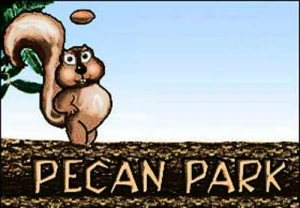
Bill McCurdy
Principal Writer, Editor, Publisher




